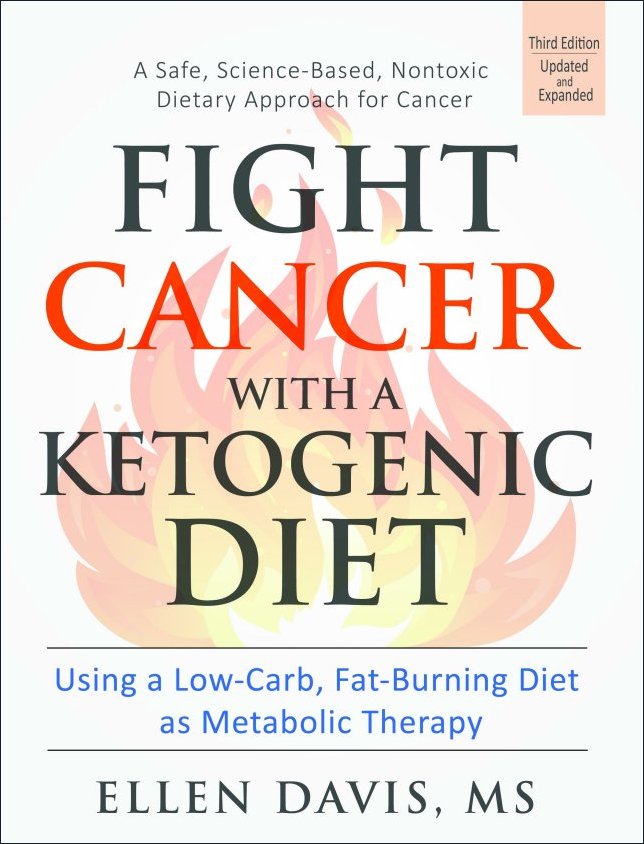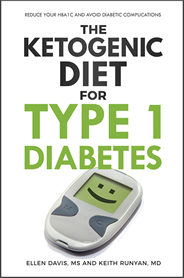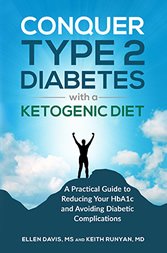The Atkins Diet

The Atkins diet is by far the most famous ketogenic diet. The diet was developed by the late Robert C. Atkins, M.D. in the late 1980s. Unfortunately, and undeservedly, Dr. Atkin's diet has been a public target for the criticism about low carb diets, much of it from people who are ignorant in how the diet actually works.
Some people opposed to low carb diets even go so far as to blame Dr. Atkin's death on it, when it reality, he died from a blow to the head, after slipping and falling on an icy sidewalk in Manhattan.
Critics spout all kinds of false statements about the Atkins protocol. For instance, it's called a high protein diet, when in reality, it's a high fat, moderate protein, low carbohydrate way of eating. It's not all butter, bacon and cream. It's really just a clean, whole foods diet which includes green vegetables and fresh meat, fish and poultry.
For weight loss, short of starving, there is no better method than a ketogenic diet, and for many people, the Atkins protocol is the diet that has worked for successful weight management.
Basic Atkins Principles
The basic premise of the diet is to lower your carbohydrate intake to a level that allows for weight loss, and then maintain eating that level of carb intake until you lose all the weight you want to lose.
As time progresses, you then add more carbs to your diet until you reach a level that stabilizes your weight loss. Maintaining this level of carb intake each day allows you to stay at a lower weight for the rest of your life.
It's important to remember that after losing weight on a ketogenic diet, you can't simply go back to your old high carb eating habits and expect to stay at your new weight. The point of finding your maintenance carb level is to know your point of "carbohydrate tolerance".
In other words, you put on weight because you cannot tolerate a level of carb intake higher than your maintenance level. You have to find what the level is and stay below it to keep the weight off.
For some people, they may have to stay under 20 carbs a day to lose weight and keep it off. For others, they may be able to tolerate 100 carbs a day.
The main thrust of the Atkins program is to determine your specific carb tolerance level, and stick to it.
Net Carbs on the Atkins Diet
On Atkins, counting carbs is key to the implementation of the plan.
Carbohydrates are counted as "Net Carbs" which means that you figure out the amount of carbohydrates and the amount of fiber present in your food item.
You then subtract the fiber count from the total carb count, and this gives you your net carb amount. For instance:
- 1 cup of broccoli = 6 carbs total. But 4 of those carbs are from fiber, so the net carb count would be 2 carbohydrates, instead of 6.
Atkins Phases
There are 4 phases to the Atkins diet:
- Phase 1 - Induction: On this first, two week phase of the diet, you drop your carbohydrate intake to below 20 grams of net carbs per day. The goal of this level to cause the body’s metabolism to switch from burning carbs (sugar) to burning body fat for fuel. During this phase, you can eat all kinds of fresh meats, green leafy vegetables, and fats such as olive oil or butter. The Atkins induction phase can sometimes be called Induction Flu, because for the first 3-5 days of the plan, you may feel weak and shaky as if you had the flu. This is a common reaction, as it takes time for your body to make the switch from burning carbohydrates to burning body fat. New cellular enzymes must be created and this takes a few weeks or longer for some.The symptoms are a side effect of reactive hypoglycemia, or a loss of minerals and an electrolyte imbalance due to the loss of water of that occurs when first starting a ketogenic diet plan.
- Phase 2: During Phase 2, you start to gradually begin to increase your carb intake in order to find your carbohydrate tolerance. The plan suggests increasing your carb intake by 5 grams of net carb per week. So during week three, you would eat 25 carbs per day, instead of 20. The carb sources recommended include more vegetables and fruit in the form of berries. As you add carbs back in, you monitor your weight loss. If you continue to lose weight, you can continue adding carbs back in at 5 grams net carbs per week. During week 4, you move up to 30 carbs per day, week 5 would allow for 35 carbs per day, and so on.Once your weight loss stops for several days in a row, drop back 5 grams of carb and you should begin losing weight again. This is known as your carbohydrate tolerance level, called the OWL or Ongoing Weight Loss carb limit. You stay at this level until you are within 5-10 pounds of your goal weight.
- Phase 3: This phase is called Pre-Maintenance. You begin to add as much as 10 carbs more per week, and as long as you are losing very slowly, you can add back in more vegetables, fruits, and for some people with higher carb tolerances, starches and grains. This phase allows you to ease back into a broader choice of foods. When you get to your goal weight and maintain for at least a month, you will know our carbohydrate tolerance level; this is how much carb you can eat without gaining weight. This is called the ACE (Atkins Carbohydrate Equilibrium). For some people, the ACE can be as high as 120 grams of carb per day. Others, who may be more sensitive to carbohydrates, may only be able to eat 20 grams of carbs per day without seeing weight gain.
- Phase 4: Phase 4 is called Lifetime Maintenance. During this phase, you just stay at your ACE level and maintain your weight. This level can be effected by exercise or hormone changes, so it may not be the same all the time. This is the phase which can be trouble for some. As you add more carbs to your diet, and especially if you start eating sugar and flour based products again, it can set up some mighty powerful cravings for sweets and breads. Iff you are not careful to watch for this and cut back when the cravings hit, you can find yourself right back at your old eating habits and start gaining the weight back. I think the key here is to make a commitment to a new lower carb way of eating, and stick to it. Your health and well-being will be greatly improved and that's reason enough to make that commitment, in my book.
If you are interested in learning more about the Atkins diet, I encourage you to read Dr. Atkins' New Diet Revolution, New and Revised Edition or the newest book about the Atkins diet: New Atkins for a New You: The Ultimate Diet for Shedding Weight and Feeling Great.
The Atkins Diet is a safe, healthy way of eating, just like any other natural food based ketogenic diet. And here's some scientific backing for that statement:
Check out the results of Stanford University's A to Z diet study. The study compared the Atkins diet to 3 other popular diets and followed the study participants for over a year.
The final results vindicate the Atkins approach. The authors wrote:
"In this study, premenopausal overweight and obese women assigned to follow the Atkins diet, which had the lowest carbohydrate intake, lost more weight and experienced more favorable overall metabolic effects at 12 months than women assigned to follow the Zone, Ornish, or LEARN diets."
All of my books are available in electronic PDF, and now in paperback on Amazon!
 |
 |
 |
|
Buy paperbook on Buy paperback on Amazon Buy the e-Book via Paypal |
Buy paperback on Buy paperback on Amazon Buy the e-Book via Paypal |
Buy paperback on Buy paperback on Amazon Buy the e-Book via PayPal |